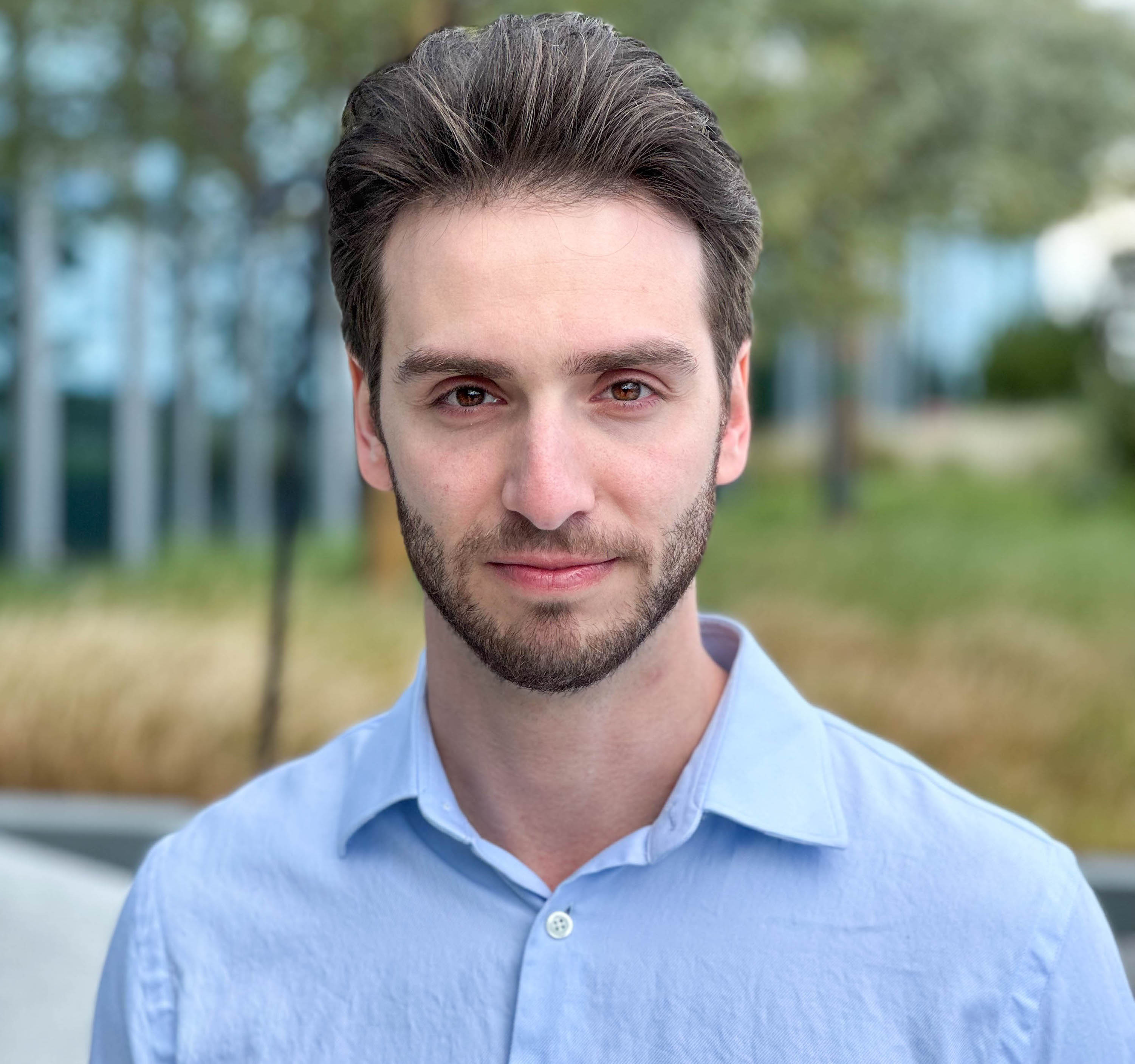

Michael Rubloff
May 27, 2025
It’s easy to forget that most of today’s AI models still operate in a 2D world. A new startup called SpAItial is stepping into generative world, but with 3D outputs. Launched today with a $13M seed round, the company is building what it calls Spatial Foundation Models (SFMs). These are AI systems that don’t just see the world, but inhabit it. Their goal is to create models that reason natively about space and time, capable of generating photorealistic, physically grounded 3D environments from sparse inputs like a single photo or a few seconds of video.
While the company doesn’t explicitly mention radiance field representations like NeRFs or Gaussian Splatting, the implications are clear: generating view consistent, high-fidelity 3D from sparse data points isn't just a nice to have. It's the core challenge. And the team behind SpAItial knows it well.
Their collective resume makes one thing clear: this is a company with deep roots in radiance field research. It’s hard to imagine they’re building their SFMs without some flavor of radiance fields under the hood.
A teaser video released alongside the announcement hints at this potential, showcasing 3D environments rendered from simple inputs and viewed interactively from new camera angles—something very much in line with what radiance field-based pipelines excel at.
SpAItial doesn’t name drop “NeRFs” or “Gaussian Splatting” in their press release. But read between the lines, and the signs are there. They speak of photorealism from sparse data, rendering from novel viewpoints, and capturing not just geometry but material and physics. These are the hallmarks of radiance field based methods and with names like Jon Barron (one of the creators of NeRF) listed as an angel investor, it’s safe to say this team is building on those foundations.
Given the cofounding team's proximity to other leading companies like World Labs and Odyssey, it feels likely that we’ll be seeing more work emerge soon. It will also be interesting to watch whether Luma pivots back into this space with generative 3D in the near future.
For those following the future of radiance field tech, SpAItial is worth watching, not just for what they say, but for what their trajectory suggests. If Spatial Foundation Models become the next big AI primitive, expect radiance fields to be the invisible scaffolding holding it all together.







